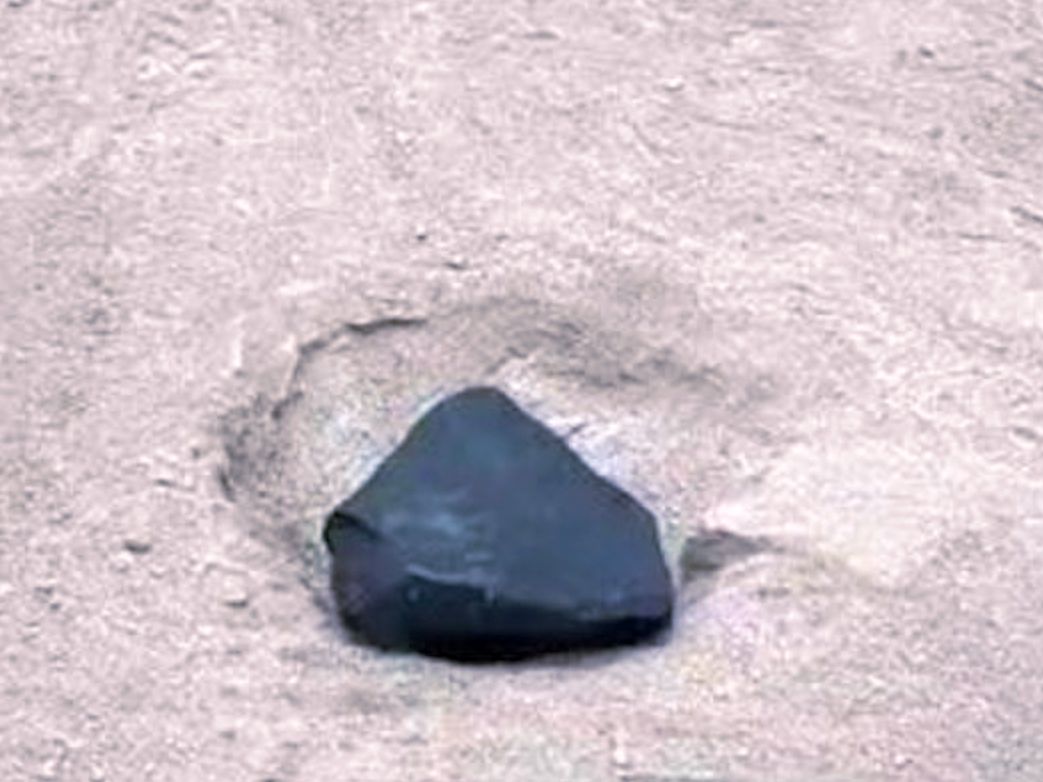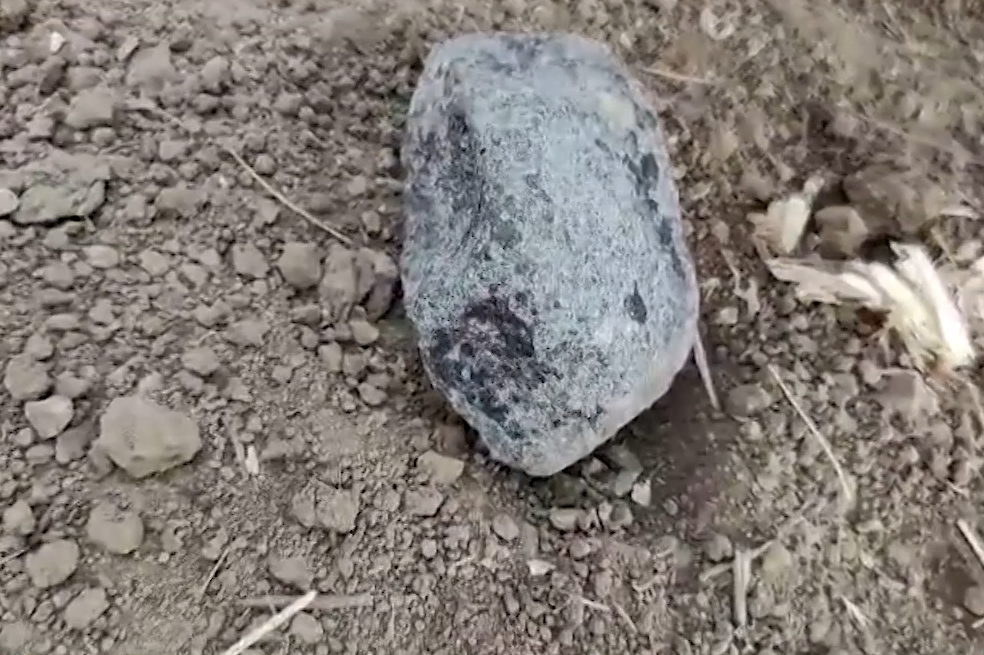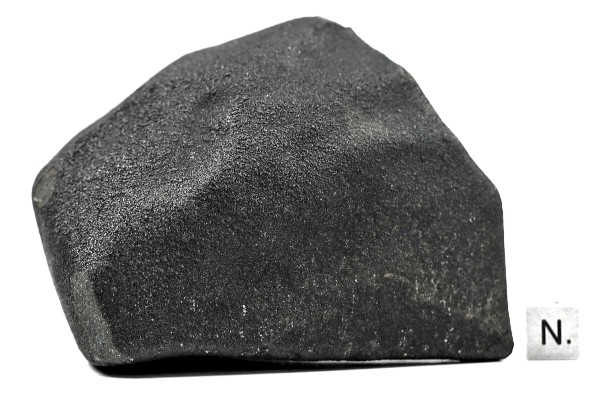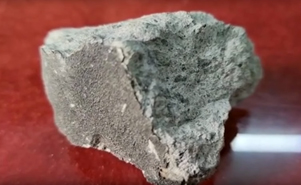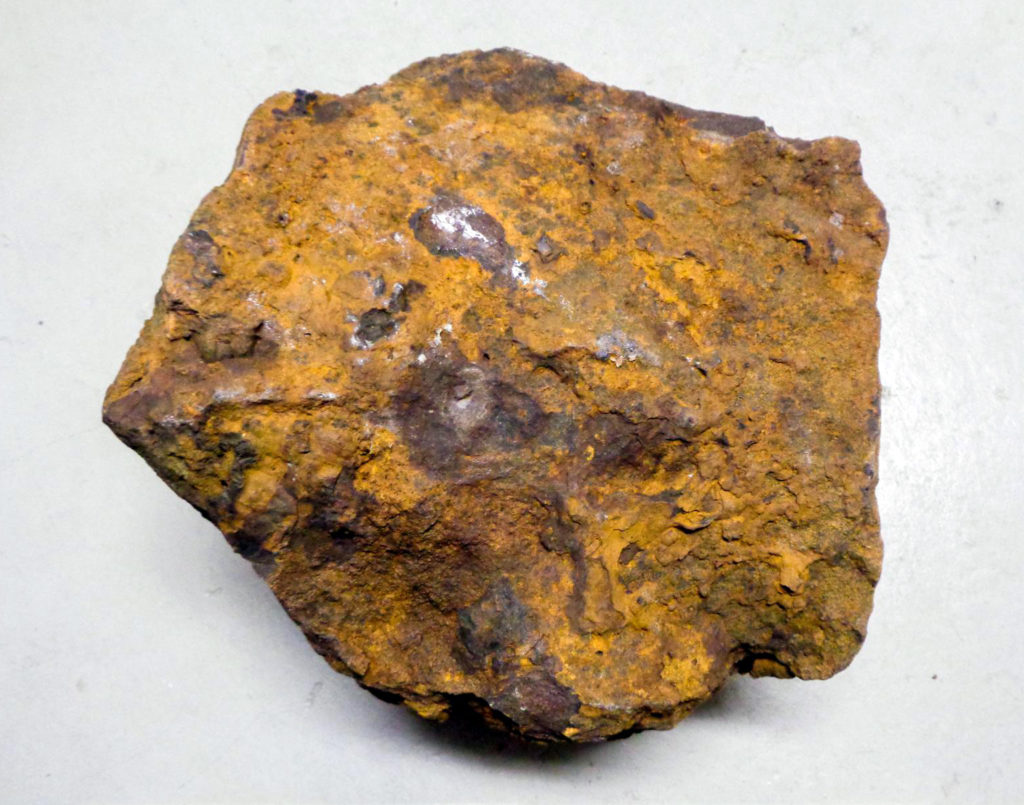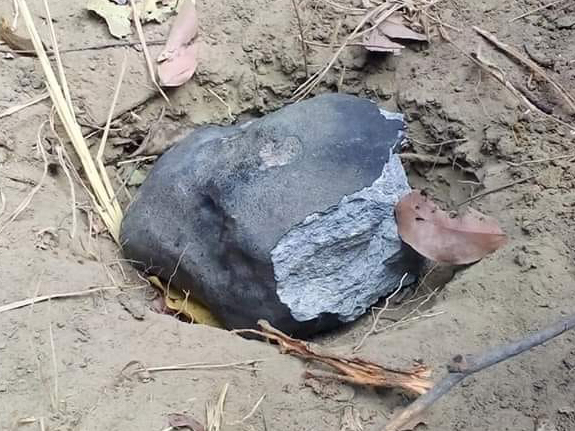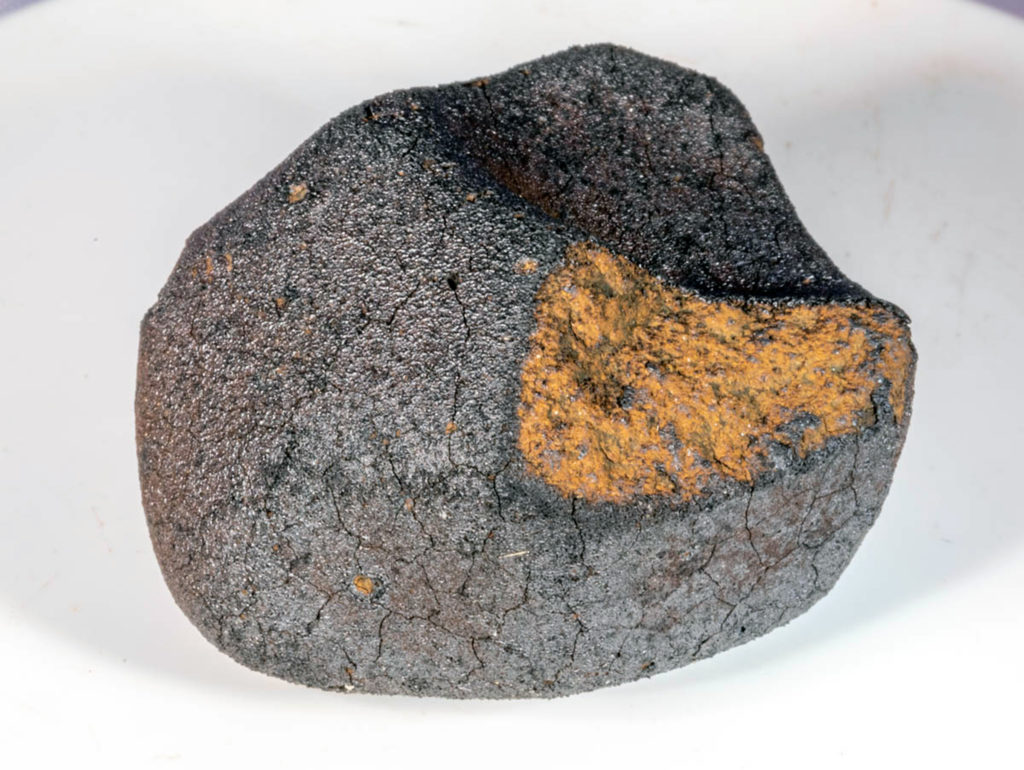Lithium- and oxygen-isotope compositions of a Si-rich nebular reservoir determined from chondrule constituents in the Sahara 97103 EH3 chondriteOPEN ACCESS
Torii Douglas-Song, Tsutomu Ota, Masahiro Yamanaka, Hiroshi Kitagawa, Ryoji Tanaka, Christian Potiszil, Tak Kunihiro
Geochimica et Cosmochimica Acta
In Press, Journal Pre-proof, Available online 25 May 2025
“Here we report the in situ ion-microprobe analyses of the Li- and O-isotope compositions of enstatite, FeO-rich pyroxene, olivine, glass, and cristobalite grains from six chondrule-related objects from the Sahara 97103 EH3 chondrite. The O-isotope composition of the enstatite grains scattered around the intersection between the terrestrial fractionation and primitive chondrule minerals lines. Whereas, that of olivine varied along the primitive chondrule minerals line. Based on the mineralogy, we found cristobalite formed as a result of Si saturation, instead of the reduction of FeO-rich silicates, consistent with Si-enrichment of whole rock enstatite chondrites. Based on the mineralogy and O-isotope compositions, we infer that olivines in some chondrules are relict grains. In chondrules that contained olivine, no abundant niningerite [(Mg,Fe,Mn)S] was observed. Thus, enstatite formation can be explained by the interaction of an olivine precursor with additional SiO2 (Mg2SiO4 + SiO2 → Mg2Si2O6), instead of sulfidation (Mg2SiO4 + S → 1/2 Mg2Si2O6 + MgS + ½O2). Using the equation Mg2SiO4 + SiO2 → Mg2Si2O6 and the O-isotope compositions of enstatite and olivine, the O-isotope composition of the additional SiO2 was estimated. Based on the O-isotope composition, we infer that there could be a Si-rich gas with an elevated Δ17O value similar to, or greater than the second trend line (Δ17O = 0.9 ‰) suggested by Weisberg et al. (2021), during chondrule formation. The variation in the Li-isotope compositions of enstatite and olivine grains from EH3 chondrules is smaller than that for the same phases from CV3 chondrules. The variation in the Li-isotope compositions of the enstatite and olivine grains from EH3 chondrules is also smaller than that of their O-isotope compositions. During the recycling of enstatite-chondrite chondrules, both Li- and O-isotope compositions were homogenized. Although enstatite is the major carrier of Li in EH3 chondrules, the Li-isotope composition (δ7Li) of enstatite is lower than that of whole rock EH3 chondrites, suggesting the existence of a phase with higher δ7Li. Meanwhile, the Li-isotope composition and concentration (δ7Li, [Li]) of enstatite is higher than that of olivine. The Li-isotope composition of the Si-rich gas was estimated to be δ7Li = 1 ‰, using a similar mass-balance calculation as applied for the O-isotope composition. The Li-isotope composition of the Si-rich gas from the enstatite-chondrite-chondrule forming-region, is consistent with that of whole rock EH3 chondrites, and differs significantly from that of the Si-rich gas from the carbonaceous-chondrite-chondrule-forming region (δ7Li = −11 ‰) determined by a previous study. We speculate that the Si-rich gas in the carbonaceous-chondrite-chondrule-forming region maintained the Li-isotope heterogeneity inherited from light lithium synthesized by galactic cosmic-ray spallation in the interstellar medium.”

